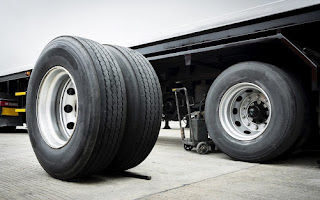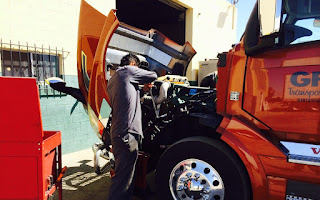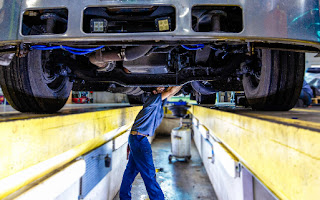TIRE BALANCE
“Tire balancing” refers to the process of equalizing the weight distribution of a tire and wheel assembly so that it rotates smoothly without causing vibrations. When a tire is manufactured, it may not be perfectly balanced due to variations in materials and construction. Additionally, over time, factors such as uneven tread wear or impacts with potholes can further throw off the balance of a tire.
- Inspection
- Mounting
- Spin Balancing
- Adding Weights
- Rechecking
- Final Inspection



The Process
Here's how tire balancing is typically performed:
Inspection
The tire technician will visually inspect the tire and wheel assembly for any signs of damage, uneven wear, or other issues that may affect balancing.
Mounting
The tire is mounted onto a balancing machine, which centers the wheel and tire assembly on a spindle.
Spin Balancing
The machine spins the tire at high speed while sensors measure the vibrations caused by any imbalances. Based on these measurements, the technician identifies areas where weights need to be added to counterbalance the uneven distribution of weight.
Adding Weights
Small counterweights are attached to the rim of the wheel at specific locations determined by the balancing machine. These weights are carefully calibrated to offset the imbalances detected during the spinning process..
Recheking
After adding the weights, the tire is spun again to ensure that it now rotates smoothly without vibrations. If necessary, adjustments are made to the placement of the weights to achieve optimal balance.
final Inspetion
Once the tire is properly balanced, the technician performs a final visual inspection to ensure that everything is in order before the tire is remounted onto the vehicle.

